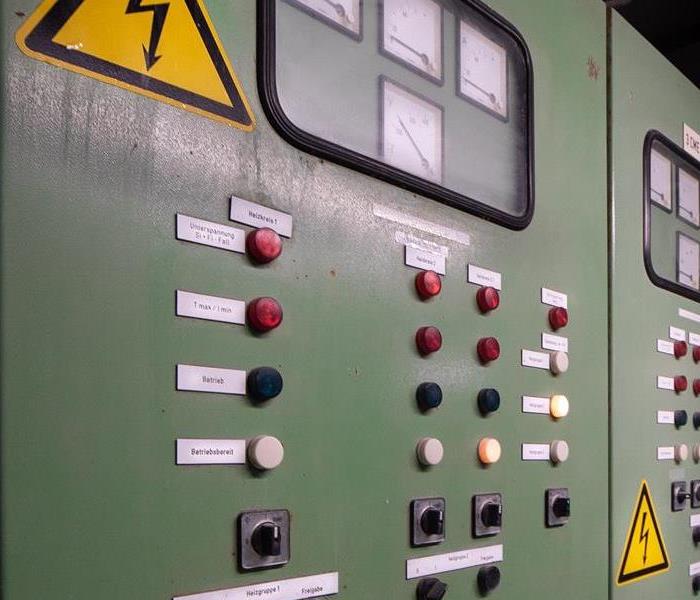Our Top Generator Safety Tips During Storms
9/30/2021 (Permalink)
 Our generator usage is generally limited. As a result, our knowledge about generator safety is often lacking.
Our generator usage is generally limited. As a result, our knowledge about generator safety is often lacking.
When a storm rolls through your neighborhood and knocks out the power, we often turn to generators to restore a sense of normalcy in our lives. By restoring electricity, generators can charge our phones, keep our refrigerators cold, and give us light. Thankfully, power outages are not a common occurrence and that means that our generator usage is generally limited. As a result, our knowledge about generator safety is often lacking. Generator usage can increase the risk for safety hazards such as fires and carbon monoxide poisoning, according to Consumer Reports. In order to protect your home or business from such concerns, understanding general generator safety is crucial. A great way to start is by taking our top generator safety tips into account, which will be outlined in this blog.
- Keep Your Generator Outside
When your generator is stored indoors or in any enclosed space, such as garages and basements, you run the risk of carbon monoxide poisoning. It is beneficial, according to the American Red Cross, for generators to be stored outdoors and a safe distance away from potential entrances to your home or business, like windows and doors. Inside, you can further protect your property by installing a system that will alarm inhabitants of potential danger, which can be fulfilled with a carbon monoxide detector. In this way, you will know immediately if a risk for carbon monoxide exposure emerges.
- Store Fuel in a Safe Location
The location of your generator’s fuel supply is also an important component of generator safety to consider. Generator fuel is flammable and can become a fire hazard if it is stored near items that can instigate fire. Be sure to keep fuel located in a well-ventilated, cool, and dry space that is a safe distance away from living areas.
- Consider Installing a Transfer Switch
When it comes to reducing your home or business’ risk of an electrical fire as a result of generator usage, it may be beneficial to install a transfer switch. When you plug your generator into an extension cord is a known fire hazard and if you opt to plug your generator directly into a wall outlet, a practice known as “backfeeding,” you put yourself and others at risk for electrocution. Both of these dangerous situations can be avoided with the help of a transfer switch, a device that permits your generator to be plugged into your property’s circuit panel. A transfer switch, which may display the generator’s wattage usage levels, can reduce the risk for fire and prevent overloading in your home or business.
SERVPRO Is Standing By
While generators can restore a sense of normalcy to your life during a power outage, caution should be at the forefront of your mind in the event that you use one to power your home or business. Having an emergency plan can make a world of difference when it comes to protecting your property and minimizing damage. Calling SERVPRO of Metro Pittsburgh East at (412) 672-5400 should be your first step in the event that an emergency occurs. Our team of highly-trained, residential and commercial damage restoration professionals are standing by, ready to respond to your property’s fire damage emergency resulting from generator usage. Visit our website to read more about the Fire Damage Restoration, Commercial Fire Damage Restoration, Storm Damage Restoration, and Commercial Storm Damage Restoration services that we offer. No matter the size or scope of your emergency, know that SERVPRO is always just one call away, prepared to restore your property to its preloss condition.





 24/7 Emergency Service
24/7 Emergency Service